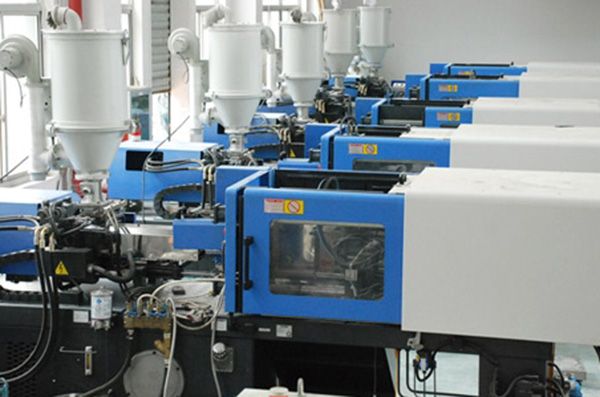
Injection molding processes have attained a strong foothold in the industry when it comes to manufacturing plastic products. These processes not only allow easy designing of plastic products with complex shapes but also assist in carrying out volume production. However, if you want to enhance the injection molding process, stack molding is the most suitable way to do this.
The simplest definition of stack molding lies in its name. It involves stacks of two or more mold parting surfaces, also called mold split lines, which are stacked together in parallel layers. The major benefits of using stack mold are that stack molding can double the output of injection molding machine, provides versatility and thereby lower the cost of overall operation.
With the help of stack molding, the output capacity can be easily increased without a complementary increase in mold or machine size. Each of the mold parting surfaces adds a parallel layer of cavity grids. The most common cases for which stack molding services are required in a plastic injection molding process is to create identical copies.
A stack mold with 4+4 cavity grids gives the output of 8 copies per cycle. The best part about this solution is that filling, packing and cooling times and the area involved in the operation remain the same. The fill, pack, cool and warp analysis also simulate the flow of the melt during designing phase. As a result, this optimizes the plastic quality as well as the production output by improving cycle time. The only overhead during a stack molding process is the opening and closing times of mold.
Though identical copies are the most common requirement for stack molding, it is not the only configuration. It also removes the necessity of several runs during production in order to create parts of a product. To create multiple different parts for one finished product in one run, cavity grids can be used in the stack molding process. In addition, stack molding also supports multiple injection materials and this allows a broader set of possibilities.
How the cost of overall operation during stack molding goes down can be understood from the fact that a stack mold only requires half the tonnage of similar single phase mold along with the same number of cavities. Part cost generally comes from the machine hour rate and this is directly affected by the tonnage. Since the tonnage is reduced and output is increased with stack molding, the cost of producing each of the parts is reduced greatly.
To say in a few words, the advantages you get from stack molding are:
• Decreased number of required machines
• Lower the machine size requirement
• Produce twice number of parts without increasing press size or clamp tonnage
• Set up time and run time costs are divided by all the parts
• Significant reduction in the cost of parts produced
So, it can be easily figured out that stack molding services have great potential for improvement in the field of plastic injection molding.